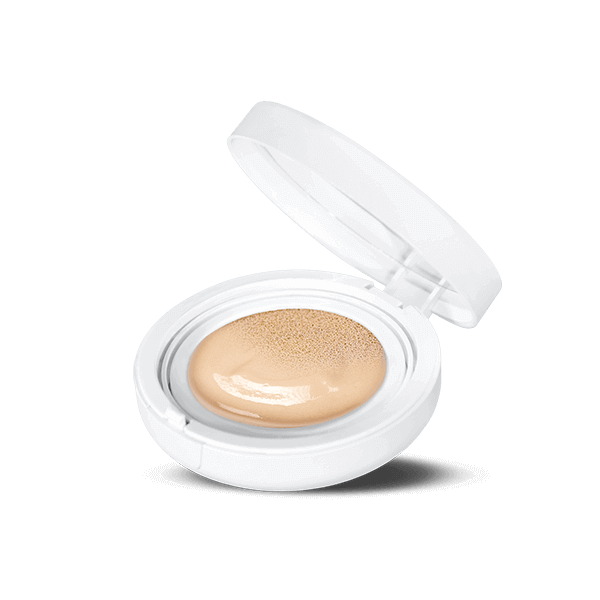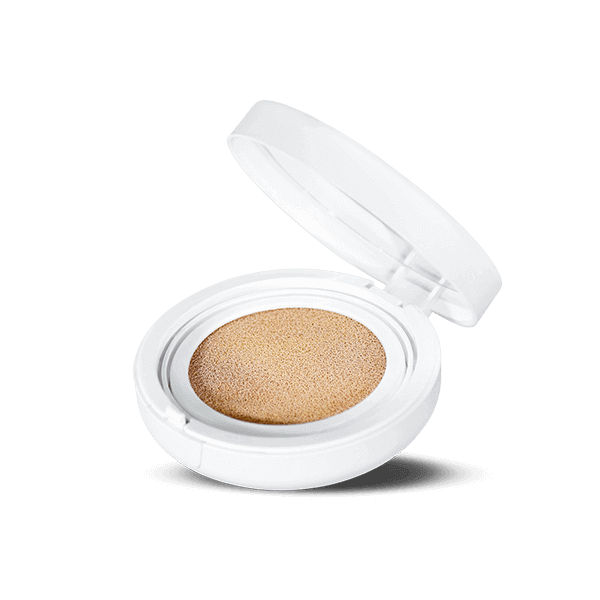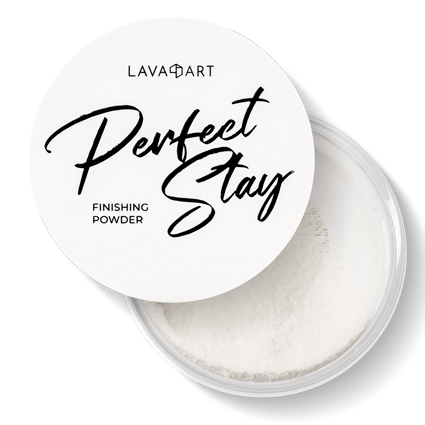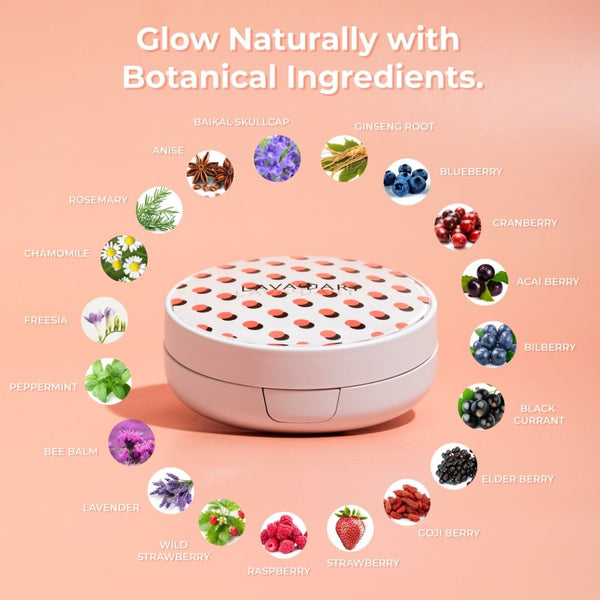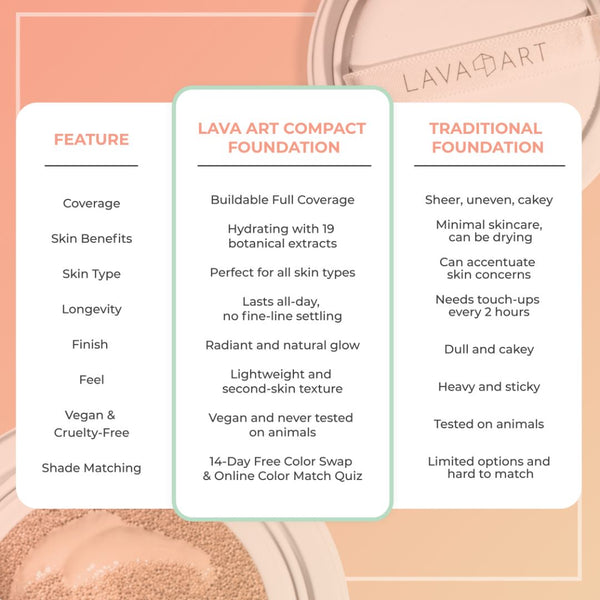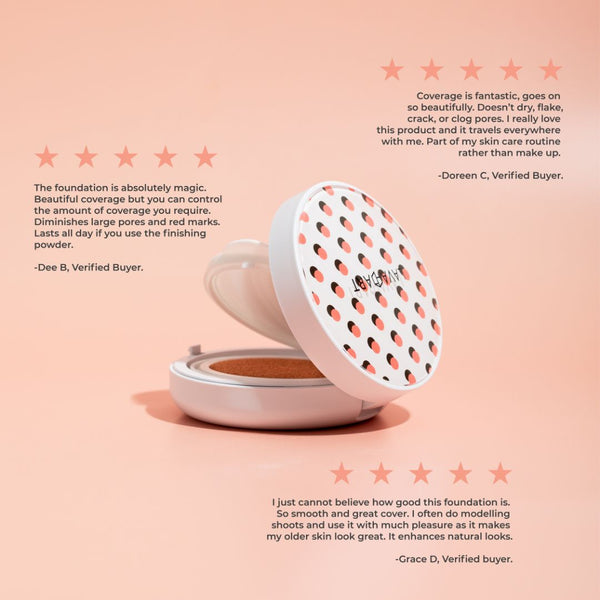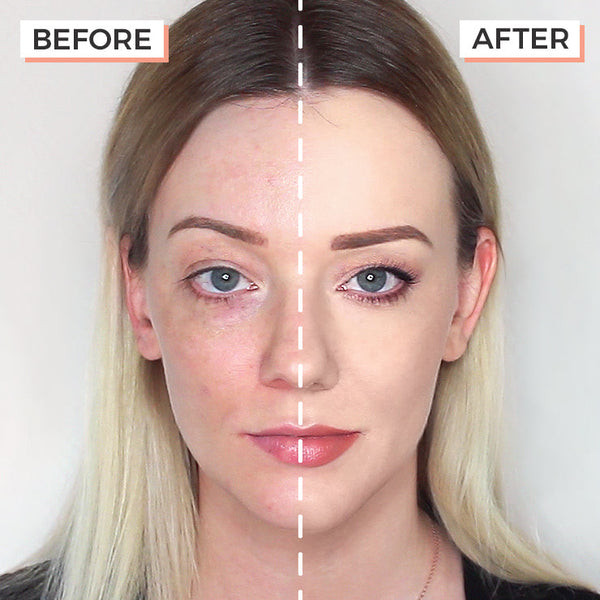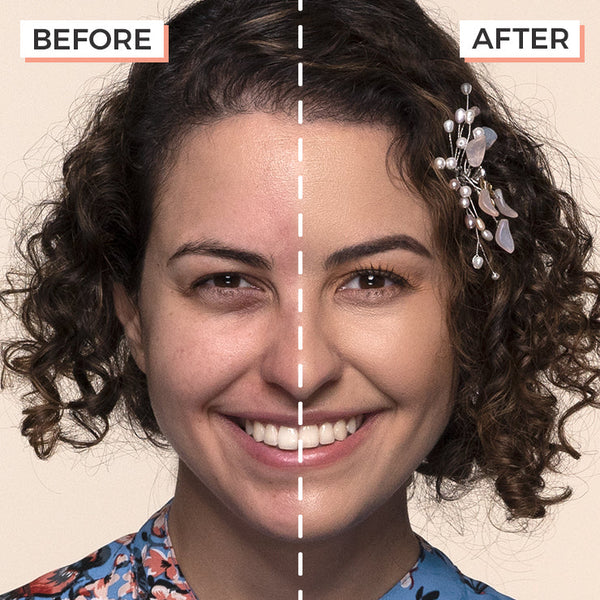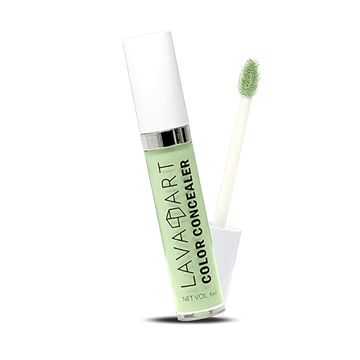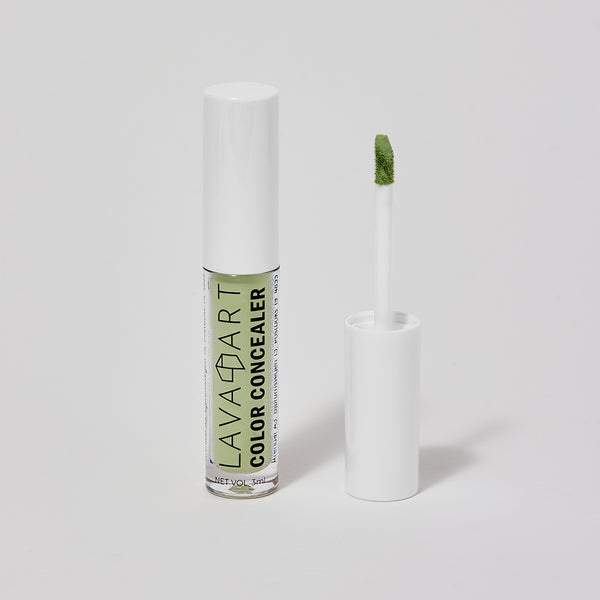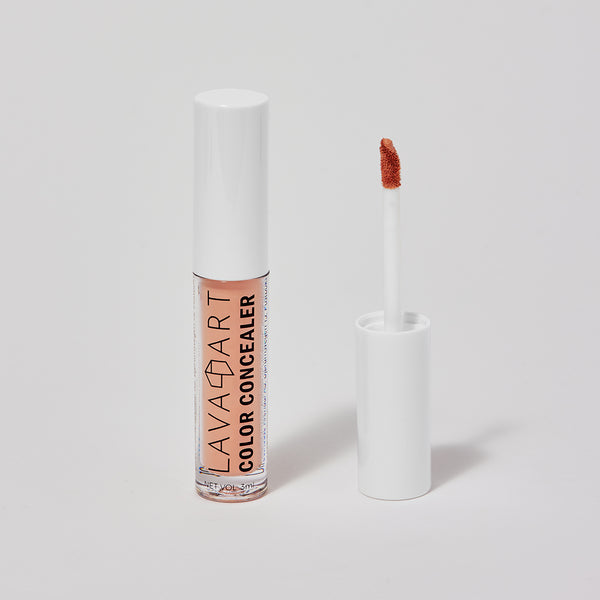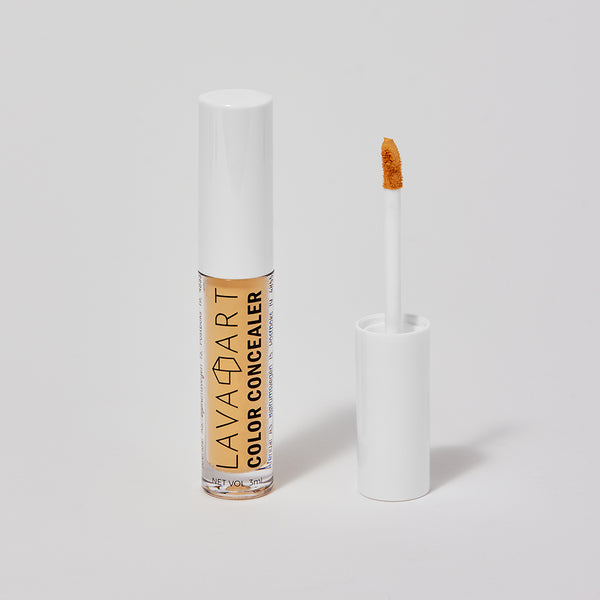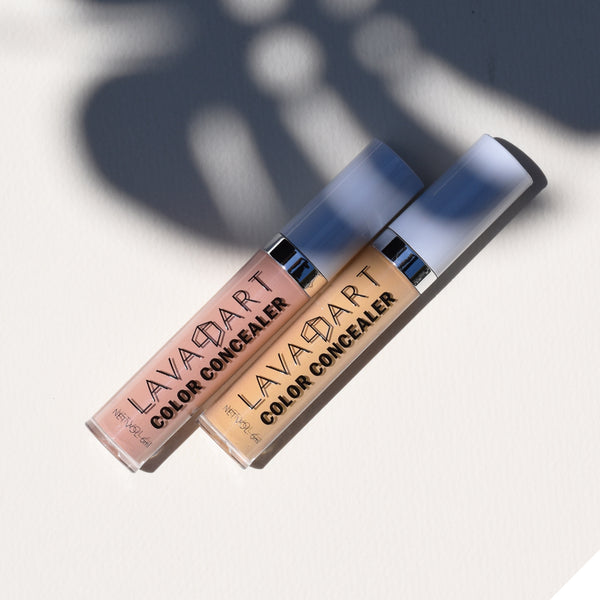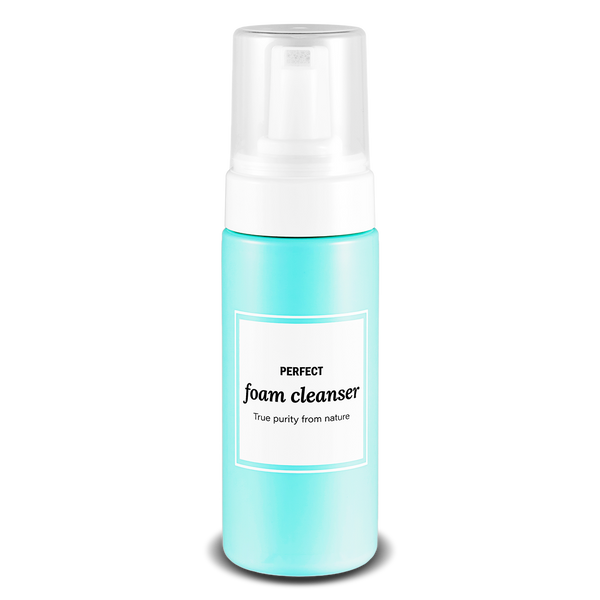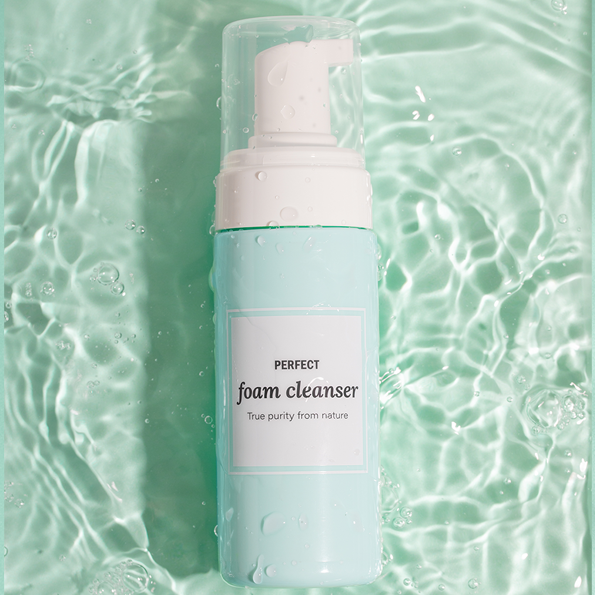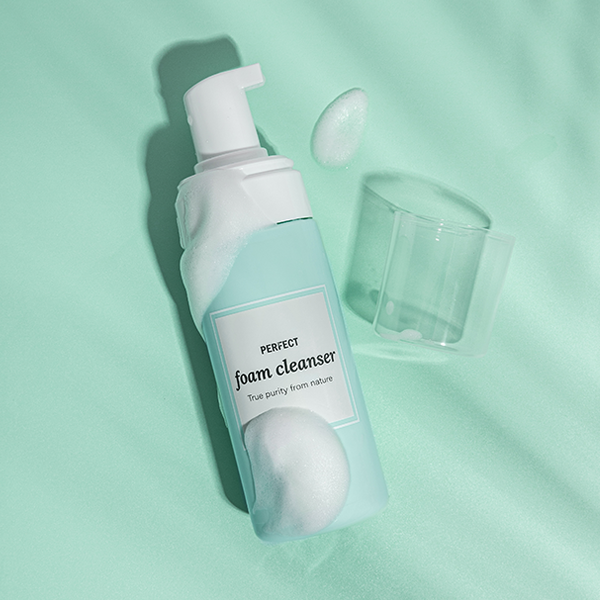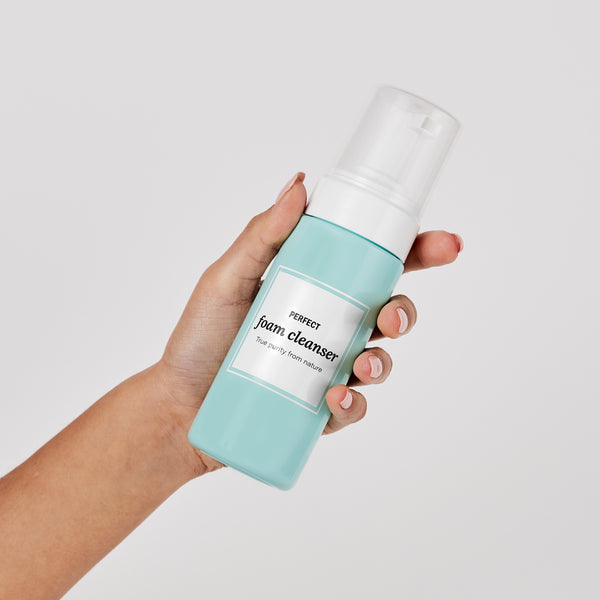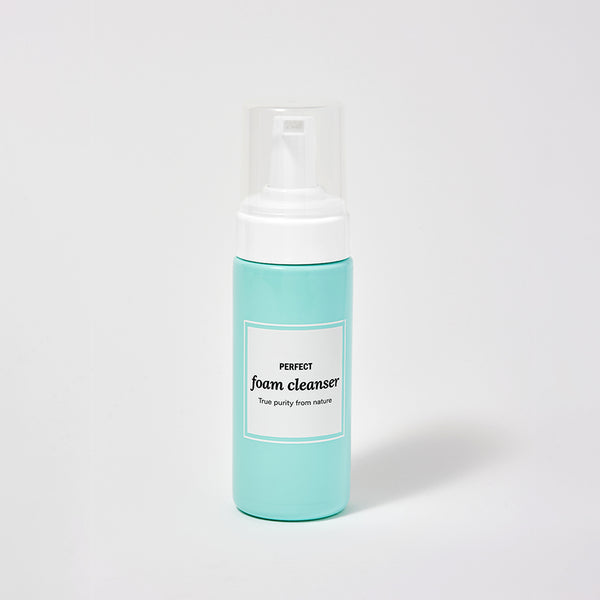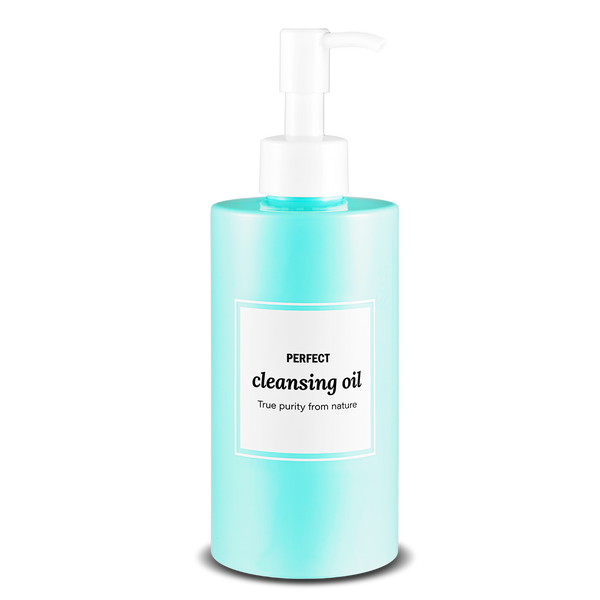If you've ever wondered to yourself, hmm, my face isn't happy...is my skin dry or dehydrated? Then this is the post for you! Unfortunately, many people still don't know that dry and dehydrated skin are two totally different things, but don't fret - this is still the post for you!
So let's dive into dehydrated vs dry skin, how to tell the two apart, common symptoms, and which ingredients to use to make your skin happy again! But wait...not sure what your skin type is yet? Browse through our Skin Type post real quick and we'll meet up again soon to discuss this hot topic.
Dry vs Dehydrated Skin
Dry skin is a full-on skin type, where your entire body falls behind a bit in oil or lipid production. It's a daily constant, and you've probably had it your entire life...or at least since puberty. Most other areas of your body are likely to be dry too, and you might need to use lotions and creams after a shower. These products are soaked up fairly quickly, and hand cream in the winter is an absolute must-have.
Dehydrated skin is a condition where your body lacks water, not oil. It's temporary and easily remedied, if you have the right tools in your self-maintenance arsenal. Dehydrated skin causes include diet, weather changes, using incompatible makeup or skincare products, and, quite simply, not drinking enough water! Your skin's lack of water pushes it to create more oil, so you may very well have felt both dry and oily at the same time! That's a telltale sign of dehydration.
Symptoms
Dry skin is a common skin type, and oftentimes genetic.
Dry skin symptoms can include:
- Small or "invisible" pores
- A feeling of tightness
- Flaking
- Scaly appearance
- Redness
- Irritation
With dry skin you may also suffer with related conditions, such as eczema, dermatitis, or psoriasis.
Dehydrated skin can happen to anyone, regardless of natural skin type. Dehydrated skin symptoms can look like:
- A dull complexion
- Premature signs of aging (fine lines, wrinkles)
- Darker under-eye circles
- Itchy skin
- Increased sensitivity
- Loss of elasticity
Ever spent too long in a pool or bath, then felt itchy afterwards? Your skin's water content was sucked out! That's dehydration, and you should rehydrate those skin cells ASAP!
Treatment
Dry skin treatment can be read up on further in our Skin Type blog post! In the meantime, some additional tips for dry skin include:
- Choosing an oil-based cleanser
- Taking Omega-3 fatty acid supplements
- Wearing a gel sleeping mask
Dehydrated skin treatment can be easy, but may take some time. Unless you've only felt dehydrated for a few hours, don't necessarily expect results immediately.
Tips for dehydrated skin include:
- Carrying a hydrating face mist, such as rose water
- Always having a reusable water bottle on hand (with water, of course! Tea and soda don't count!)
- Eating more water-packed foods, such as cucumber, avocado, and of course...watermelon!
Which Ingredients to Use
Whether you have dry skin or dehydration can change which skincare ingredients you should be using! Look for these ingredients in skin care products, and test which ones make your skin the most happy:
Dry Skin should use...
- Plant oils (jojoba, tea tree, etc)
- Nut or seed oils (almond, coconut, etc)
- Shea butter
- Ceramides
- Hyaluronic acid
Dehydrated skin should use...
- Aloe
- Honey
- Glycerin
- Snail mucin
- Lactic acid
- Citric acid
- Ceramides
- Hyaluronic acid
But not every face loves the same stuff! Test different skin care ingredients to really get to know your skin's preferences better.
Let's Wrap it Up
Dry skin is a full-time skin type, while dehydration is just temporary! Dry skin is lacking oil, dehydrated skin is lacking water. Both are common, and should be cared for and nourished with different skin care ingredients.
Keep glowing,The Lava Art team
